A recently published report urges property owners and facilities managers to start “thinking differently” to manage market risks.
The International Construction Market Survey 2016 is Turner & Townsend’s largest and most in-depth survey to date. It presents detailed construction cost data collected from industry experts in 38 key world markets and analysed by its team of economists, who have analysed input costs – such as labour and materials – and charted the average construction cost per square metre for both commercial and residential projects.
Steve McGuckin, global managing director of real estate at the company, said: “Never waste a good crisis.
“Often a downturn in the market provides an opportunity for a fresh perspective. Strip out the waste and polish the process. Plan for a better future by having the skills and technologies available for when the market improves again.
“While advances in technology like BIM and modular construction can help, efficiency improvements of the scale required will only be achieved if the industry evolves – and develops leaner, more collaborative ways of working across the supply chain.”
And the report presents tips to help owners and managers of real estate projects to change perspective and take steps to make sure they don’t put up obstacles to their own success.
- Whether operating within an overstretched or over-reliant market, there is one key commonality – the need to think differently. Fresh perspectives and strategies must be at the heart of planning for organisations in the divided global real estate sector.
- The construction industry has been slow to modify practices and adopt technologies to improve efficiency and productivity. Organisations in both market types must think differently to deal effectively with skills shortages and rising construction costs, or use the time wisely during the downturn for when demand returns.
- Redefine relationships with the supply chain. Know the processes and elements that make up the company supply chain. Look for opportunities to cut out expensive manual processes on site in favour of automated and cheaper processes in a factory. Drive change in the manufacturing, production and logistics areas where the main opportunities to improve cost performance are often found. Change relationships with suppliers to eliminate waste and increase efficiency.
- Reset cost performance measures. Designing buildings based on cost per occupant instead of cost per square metre is a good example, and it’s an approach that can yield useful insights. If you can’t measure, you can’t improve.
- Use data to unlock performance. This information can help facilitate design, build and operations improvements, driving project and programme performance and guiding future objective decision-making. ‘Big data’ needs to be managed well to reap benefits.
- Embrace technology. Companies that are not up to date with the latest developments could be missing out on ways to fundamentally change their businesses for the better. Look at the benefits of technology like building information modelling (BIM). Technology can also help address issues such as skills shortages.


